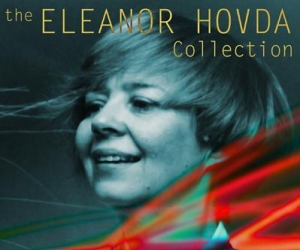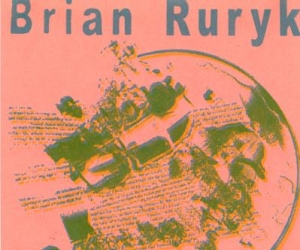
At a mere 167 pages, this little guide might justifiably raise suspicions about exactly what nonsense was jettisoned to make this book so compact. While it is scanter on information than the books put out by Rough Guides, Gray’s guide offers a compelling issue-and-topic-driven understanding of world music. She cogently illustrates the rationale behind this book in the opening chapter, “Inventing World Music.” While she does probe a bit at the construction of the discourse of world music, offering different opinions about its usefulness, she ultimately does not outright reject the term, treating it as a flawed yet useful place-holder.
She is also careful to explain the approach she takes in her book: “This . . . is a modest book, one which hopes to ask questions about the thing we conveniently describe as world music. [. . .] Its basis is that music is expressive of an idea of a community . . . What of those outsiders who visit these musical communities? What is it that they—we—bring to the places they visit?”
What follows are six whirlwind tours of several different regions. Unlike many world-music guides, these are not geographic regions but rather conceptual areas—liminal musics, music and conflict, the blues, ecstatic music, authenticity, and, finally, singing and community. From a geographical point of view, Gray is refreshingly nonchalant, freely citing relevant Western artists (spanning the gamut of genres) alongside those more typically associated with the term world music.
Each chapter is densely packed with anecdotes and pertinent information that serve to illuminate, contextualize, and link together a disparate array of styles and musical practices. The first chapter “Music on the Margins” sketches a bridge between Portuguese Fado and Greek Rembetika, discussing their common tendency to romanticize and eulogize the darker side of urban life in early twentieth century. Gray, however, colourfully introduces Diamanda Galas’ rembetika-based work into the picture, as well as citing Leonard Cohen, Jacques Brel, and Edith Piaf as possible offshoots of Fado.
The next chapter tackles political conflict and racism and its relation to music, but follows a similarly irreverent trajectory. She touches on Brazilian tropicalismo and the Slovenian avant-garde industrial-pop collective Laibach, and also devotes some serious attention to the ways in which Rwandan tensions between Hutus and Tutsis have manifested themselves through music. She then applies a very even-handed, if somewhat controversial, approach to Israel and Palestine, discussing a range of figures from each side, who fall within the full spectrum, all the way from the vehement to the peacemakers. In cases like this you can see how “no-nonsense” could be construed by certain more casual readers as vaguely misleading. While Gray sheds light on issues which are extremely pertinent to making music in the global arena, she also seems bent on problematizing these issues and provoking questions, rather than offering a simple crash-course in world music.
Despite being intent on complicating matters, and despite invoking a lot of post-colonial concepts, Gray remains optimistic about the project of World Music. This stance is rather interesting, given the recent prevalence of the term’s detractors. She writes, “When in 1987, that diverse group of people met at the Empress of Russia to figure out a way to get what they were to call world music out into the wider world, it was not to supply sound as a commodity but, perhaps, to extend the idea of what humanity and its creations actually are.”
Overall, while this little book reads rather densely, it packs a lot of wallop and comes recommended, perhaps as a companion to other more ethnographic studies of world music.


